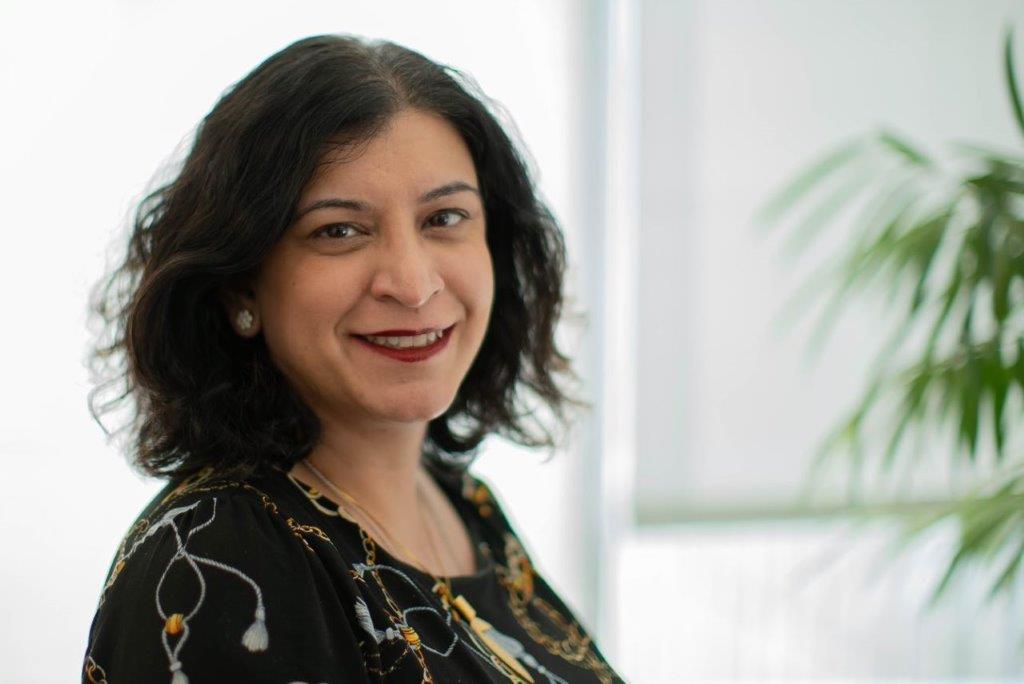Not every IRO who uses AI will have the benefit of a custom-made, internal platform stuffed full of tools to use. But for Shivani Kak, head of investor relations at US financial intelligence company Moody’s, and her team, the internal AI platform is increasingly forming the cornerstone of how they form and refine their communications with the market.
The influence of the emerging technology on Moody’s IR program can be seen writ large in the past 12 months. The company emerged as the most-nominated firm at this year’s IR Magazine Awards – US, appearing on seven awards short lists, including best investor event (large cap), best use of social media and video and best use of technology including AI.
Despite not securing any trophies on the evening, Kak says the progress made is testament to a journey started more than a year ago. ‘We entered into a partnership with Microsoft last June and had been talking to OpenAI I think for almost a year before that,’ she explains. ‘Our CEO took the view that we were going to make the generative AI access tools available to all our employees.’
Training on AI quickly became mandatory for all Moody’s employees. Then in April 2023 – just before the partnership with Microsoft came to fruition – Kak spent two days getting to grips with generative AI with a view to establishing how it would best benefit her team and the wider business.

‘From there, it’s been a huge push,’ she adds. ‘One thing we do is ‘Chat with your data Q&A’, where we upload and compare documents, such as transcripts and analyst reports, to identify overarching themes and questions. This is particularly useful when reviewing, for example, disclosures related to tax rates from our peers, enabling us to efficiently gather and summarize relevant information. My team still reads everything to make sure the summaries are correct and they’re not missing anything.’
Even with the extra checking required, it’s one of Kak’s many uses of AI that translates to a clear efficiency gain. Another application is to create summaries of meetings or documents for sharing with Moody’s investors.
‘For instance, after recording a kick-off call, we can generate a PDF summary highlighting key themes, agreements and next steps, providing a clear overview for those who missed the call,’ she explains. ‘It means people who aren’t in the 45-minute call can have a very clear overview and don’t need to read the transcript of what was discussed and what was agreed. It greatly aids our preparation and ensures everyone is on the same page without having to review lengthy transcripts.’
Content creation
Elsewhere, AI can help schedule meetings and organize notes – saving even more time – and new tools are helping Kak and her colleagues to create slides or images directly from bullet point notes or text descriptions, shaving down the hours spent preparing for presentations. That latter use-case has been flipped around for her stakeholder audiences, too, which expects a company like Moody’s to be able to handle and display data with expertise.
‘Our externally facing Research Assistant tool, developed on Microsoft Azure, showcases the potential of generative AI in creating detailed reports, charts and analyses based on Moody’s data,’ says Kak. ‘It can generate content, including credit memos and financial metrics and, because it’s grounded in Moody’s own data, it will provide you with a citation and say, This is the source where the information came from. It’s also based on a large language model, so it can translate into any language – even Swahili. If it can’t do something for you, it will let you know rather than attempt to pull something together from made-up data.’
Avoiding so-called ‘hallucinations’ – whereby generative AI programs will come up with falsified information to cover any gaps – is one of the key challenges of relying on the technology, but Kak says there are several safeguards in place to avoid this, including having humans double-check anything produced by AI.
She adds that there are also guardrails around who within Moody’s has access to what. ‘It is not appropriate for everyone in the organization to have access to all the information these tools pull in, so we limit the entitlements on a need-to-know basis,’ she says. ‘Beyond that, these apps cannot be shared with anyone externally.’
Moody’s also places central importance on ensuring that various teams are sharing what they are doing with AI to make sure any successful applications can be shared widely on an internal basis. An employee panel called the Generative Intelligence Group allows team members to submit any new ideas or play around with developing tools, as well as ask colleagues for help doing anything ‘a little more complicated,’ Kak explains. ‘We don’t have a siloed approach at all, it’s never the case that one team is working on one product at a time. Instead, we wanted to open it up.’ That transparency is key to the whole initiative succeeding, she adds.
The human touch
Another important issue is to remember that the human element is paramount, particularly when dealing with investors. ‘They obviously still want to have a conversation with a person,’ Kak says. ‘Even when I’m doing prompts or summaries, there are lots of things I need to tweak so that I get the output to where I want it. Part of that is about me needing to learn to be better at it, but the best way to learn is to tinker, practice and remain intellectually curious. It’s a learning process and a fun experience for me. We’ll continue to explore and honestly be open to ideas and suggestions.’
One of those developing ideas is the possibility of customizing the company’s AI tools to mimic the linguistic styles of specific individuals, such as C-suite executives. ‘You can put in your prompts a note to ask AI, Write me the response in the voice of our CEO and it will change my tone – which is British, and not always as exuberant as an American – into something that sounds more like that executive,’ says Kak.
‘This could revolutionize how we draft scripts and responses for various communication settings, like fireside chats and Q&A sessions, though it would still require manual editing to ensure accuracy and appropriateness.’
While she recognizes that having the luxury of an internal AI tool – with a dedicated team behind it – Kak says she feels the technology is perfect for IROs at any company to start experimenting with at a low cost.
‘I think the people who will benefit most from this are those who have very small IR teams and just don’t have the kind of the resources needed to keep track of all the reports that are being issued and what is out there in the market,’ she explains. ‘Gen AI will enable huge efficiency gains for them. And it means the question then becomes: what’s cheaper – an algorithm or outsourcing?’










